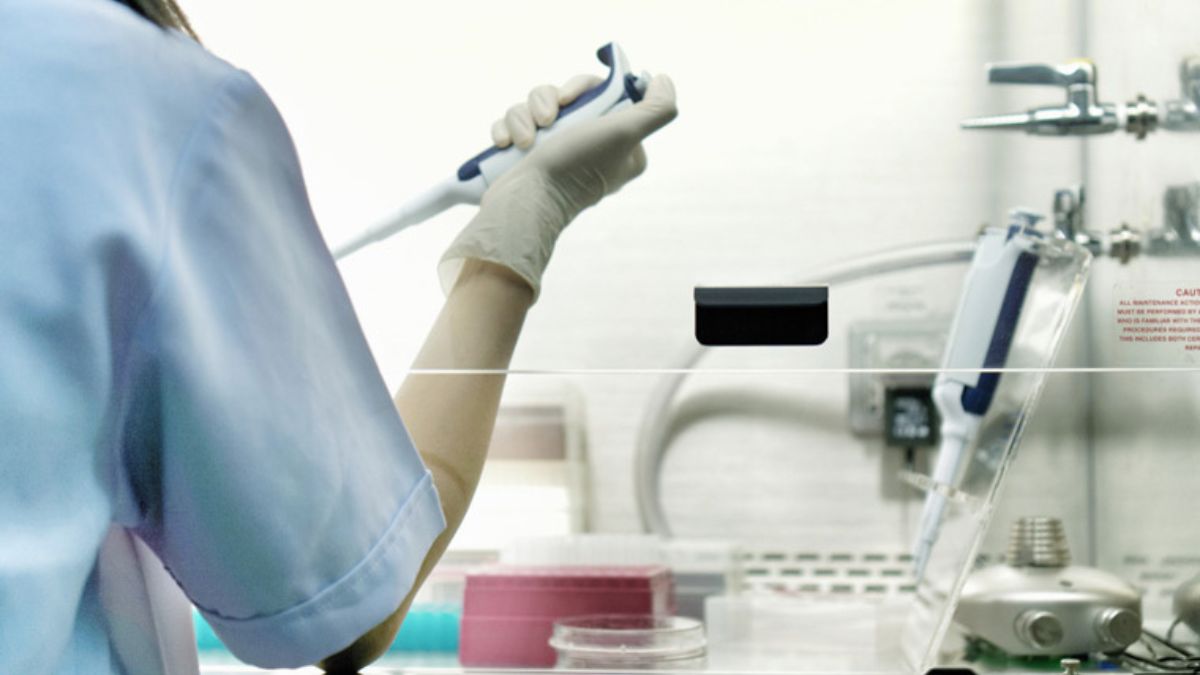
THE WEEK spoke to Saransh Chaudhary, president, Global Critical Care, Venus Remedies Ltd., and CEO, Venus Medicine Research Centre, on how organ-on-chip technology is transforming drug safety.
1. Please explain in detail about the organ-on-chip technology and how it helps ensure drug safety?
Organ-on-a-Chip (OOAC) technology addresses one of the most pressing challenges in drug development today, i.e. the exceptionally high failure rate of sample drug candidates, which currently stands around 86%, combined with lengthy timelines of around 12 years from the initial development of the drug to the time it takes to hit the market. So as of now, we do preclinical testing methods using traditional two-dimensional cell cultures and animal studies which mimic human physiological complexity. But these aren't always adequate. Cells cultured on flat plastic surfaces cannot replicate the three-dimensional structure, intricate cell-cell interactions and dynamic fluid conditions characteristic of real human organs.
And so OOAC technology advances biomedical research by replacing the laborious ways of making drugs using animal studies by human cells?
Yes, by incorporating human cells into precisely engineered microfluidic devices that recreate the essential structure and function of human organs. Unlike conventional methods, these chips offer sophisticated, three-dimensional environments that closely replicate the physiological conditions within the human body. Microfluidic channels within the chips simulate vital biological processes such as blood flow, shear stress, nutrient delivery, and waste removal, which are critical for accurately modelling how organs respond to pharmaceutical compounds.
Furthermore, OOAC platforms provide real-time monitoring capabilities, enabling researchers to directly observe cellular responses to drugs at the molecular level. This immediate feedback dramatically improves the predictive accuracy of drug safety assessments, ensuring potential toxicities and inefficiencies are identified early. Consequently, OOAC not only reduces reliance on animal testing but also significantly increases the likelihood of success in subsequent clinical trials.
2. How will it make a difference to patients suffering from kidney-related diseases, from kidney failure to kidney cancer?
OOAC is a versatile, high-level technological platform capable of simulating various organ systems depending on the specific cell types seeded onto the chips. When used with kidney cells, for instance, the technology becomes a Kidney-on-a-Chip model. Multiple cell types, such as endothelial cells and proximal tubular cells, can even be seeded simultaneously, allowing researchers to replicate complex biological interactions, including the peritubular capillary environment, which is exceedingly challenging to study through conventional methods. Kidney-on-a-Chip technology significantly enhances nephrotoxicity assessments, overcoming many limitations inherent in conventional testing models. Because kidneys are essential for drug metabolism and clearance, accurately predicting renal toxicity is critical for patient safety.
OOAC kidney models precisely replicate crucial kidney functions like glomerular filtration, proximal tubule transport, and drug clearance mechanisms. Early identification of potential nephrotoxic effects through these models enables safer, nephroprotective formulations and improved dosing strategies.
What does this mean for patients with kidney diseases?
This advancement means safer therapies, reduced risks of drug-induced kidney damage, improved treatment outcomes, and accelerated access to effective medicines. This is particularly vital in high-risk treatments involving nephrotoxic antibiotics, such as polymyxins, or chemotherapy agents.
3. Has this tech already been put into practice, and can you share an example of a successful formulation based on this technology?
Organ-on-a-Chip technology itself does not directly produce drug formulations but serves as a predictive tool that enhances the drug development process by reducing uncertainty and improving accuracy in safety assessments. At Venus Medicine Research Centre (VMRC), the R&D wing of Venus Remedies Limited, we utilised kidney-on-a-chip technology featuring primary human kidney proximal tubular epithelial cells. Growing these cells in a 3D microfluidic environment, simulating physiological complexities such as shear stress, provided significantly more accurate biomarker responses than conventional static 2D cultures. Using this sophisticated model, we studied established kidney injury biomarkers, including KIM-1, cystatin C, NAG, and NGAL, in response to polymyxin-B, an antibiotic used against multidrug-resistant Gram-negative bacteria. Our findings using the Kidney-on-a-Chip model have been published in the journal Antimicrobial Agents and Chemotherapy, marking a significant advancement in precision medicine and antibiotic safety.
4. Is this also being applied in the West?
Yes, OOAC technology is beginning to see widespread adoption globally, particularly in the United States and Europe. The US FDA Modernisation Act 2.0, enacted in 2022, removed mandatory animal testing requirements in preclinical drug development, creating opportunities for alternative testing methods like OOAC to gain regulatory acceptance. Many global pharmaceutical companies now integrate OOAC models into their drug discovery pipelines, enhancing drug safety predictions, decreasing animal testing reliance, and accelerating clinical translation. India also amended the New Drugs and Clinical Trials Rules (2019) to include alternative preclinical testing methods such as microphysiological systems, organoids, 3D cell cultures, and human tissue-based assays. The adoption of these advanced methodologies will significantly shorten development timelines, reduce costs, and expedite patient access to vital medicines.